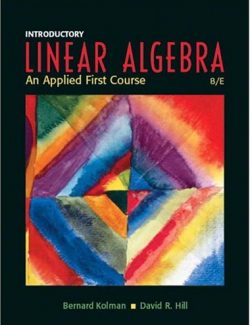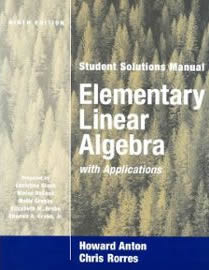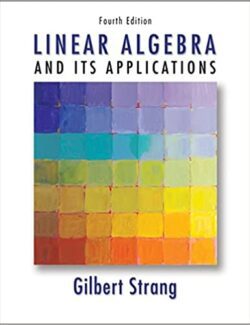Description
Elementary Linear Algebra develops and explains in careful detail the computational techniques and fundamental theoretical results central to a first course in linear algebra. This highly acclaimed text focuses on developing the abstract thinking essential for further mathematical study. The authors give early, intensive attention to the skills necessary to make students comfortable with mathematical proofs.
The text builds a gradual and smooth transition from computational results to general theory of abstract vector spaces. It also provides flexbile coverage of practical applications, exploring a comprehensive range of topics.
includes a wide variety of applications, technology tips and exercises, organized in chart format for easy reference. More than 310 numbered examples in the text at least one for each new concept or application.
Exercise sets ordered by increasing difficulty, many with multiple parts for a total of more than 2135 questions. Provides an early introduction to eigenvalues/eigenvectors. A Student solutions manual, containing fully worked out solutions and instructors manual available.













Leave us a comment
2 Comments